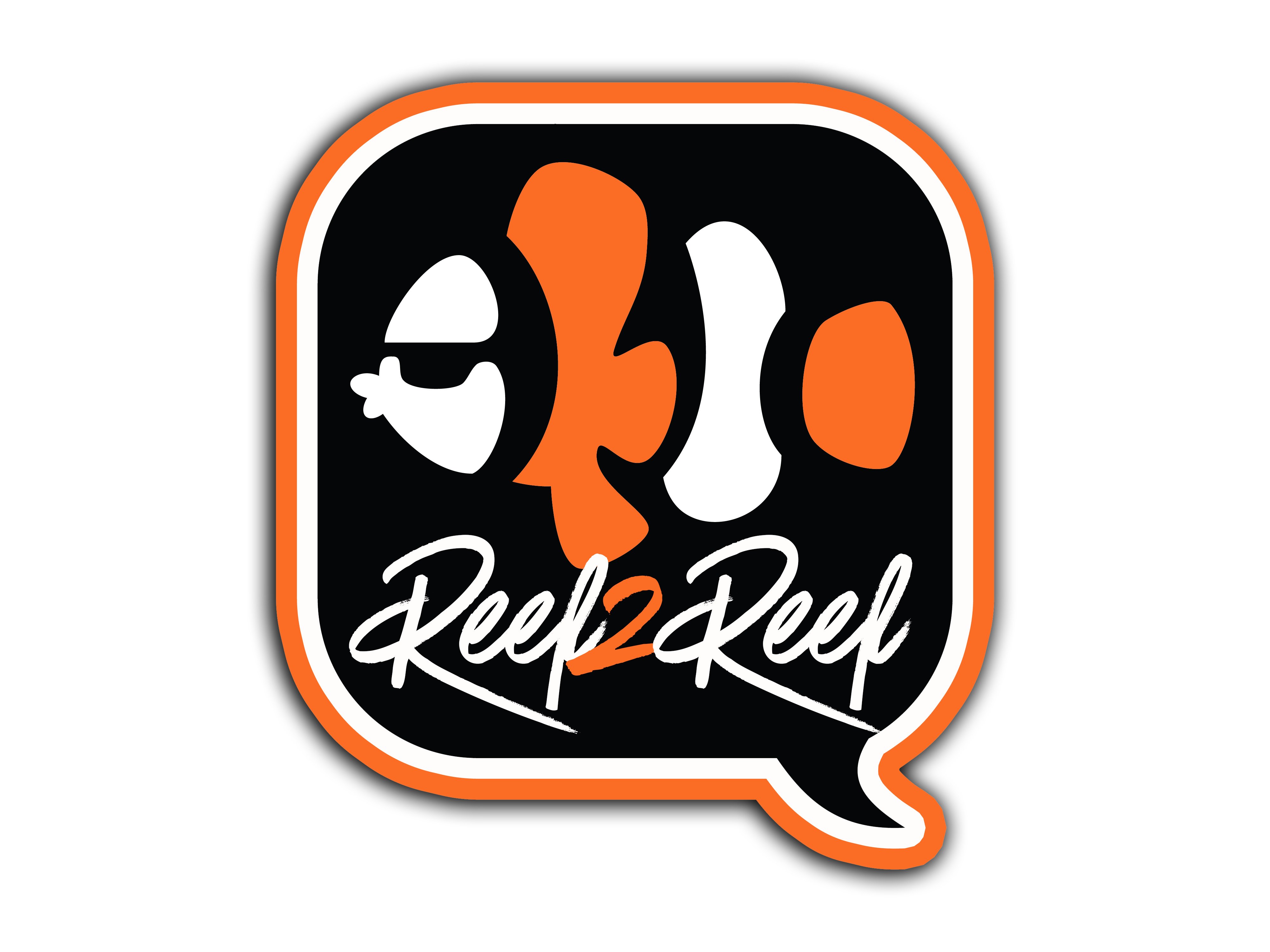Navigation
Install the app
How to install the app on iOS
Follow along with the video below to see how to install our site as a web app on your home screen.
Note: This feature may not be available in some browsers.
More options
You are using an out of date browser. It may not display this or other websites correctly.
You should upgrade or use an alternative browser.
You should upgrade or use an alternative browser.
Jeopardy Answer: It cannot be done
- Thread starter Randy Holmes-Farley
- Start date
- Tagged users None
Some Methods may affect more than others. Water changes remove a portion of all elements, and replenish with a new portion, but the process is really only effective for nitrates and not phosphates
Skimmers don’t remove nitrates or phosphates directly, but help reduce their development. And in the process trace is captured and removed
Refugiums and scrubbers remove nitrates and phosphates but use up various trace like iron and manganese
Every method is going to remove something additonal. Water changes are probably the closest at maintaining a balance, but have the least impact on phosphates
Skimmers don’t remove nitrates or phosphates directly, but help reduce their development. And in the process trace is captured and removed
Refugiums and scrubbers remove nitrates and phosphates but use up various trace like iron and manganese
Every method is going to remove something additonal. Water changes are probably the closest at maintaining a balance, but have the least impact on phosphates
Randy Holmes-Farley
Reef Chemist
View Badges

Staff member
Super Moderator
Excellence Award
Expert Contributor
Article Contributor
R2R Research
My Tank Thread
For those interested, Christoph at Oceamo has tested what trace elements may be removed with some different procedures.
Oceamo skimmate analysis

 www.reef2reef.com
www.reef2reef.com
zeolites, activated carbon (GAC) and GFO:

 en.oceamo.com
en.oceamo.com
zeolites, aluminum oxide, GFO, and GAC

 en.oceamo.com
en.oceamo.com
FWIW, I'm still waiting, so many years later, for an apology from Seachem for blasting me relentlessly for showing and stating that aluminum oxide releases aluminum. Last I heard, they still claim it does not.
Not surprising, the aluminium-based adsorber leads to a significant introduction of aluminium.
Oceamo skimmate analysis

Oceamo Skimmate Analysis Results Discussion
In a different thread, Christoph of Oceamo posted some analysis data for skimmate, and I'd like to start this thread for discussion of it. One thing I'm hoping Christoph can add is an analysis for the tank water that was on the same tank, so we can readily see how enriched or not the skimmate...
 www.reef2reef.com
www.reef2reef.com
zeolites, activated carbon (GAC) and GFO:

Reactor media under the ICP-OES loupe | Oceamo
Reactor media such as activated carbon, zeolite or phosphate adsorber are often used in reef aquariums. We were interested about what elements and in which quantities these reactor media release them into the water, and whether frequently heardf statements such as "phosphate adsorbers supply...
 en.oceamo.com
en.oceamo.com
zeolites, aluminum oxide, GFO, and GAC

An ICP-MS look onto reactor media Part 2 | Oceamo
What is released into the aquarium water by activated carbon, zeolite and phosphate adsorbers? What trace elements and pollutants are bound?
 en.oceamo.com
en.oceamo.com
FWIW, I'm still waiting, so many years later, for an apology from Seachem for blasting me relentlessly for showing and stating that aluminum oxide releases aluminum. Last I heard, they still claim it does not.
Not surprising, the aluminium-based adsorber leads to a significant introduction of aluminium.
Hmmmm….FWIW, I'm still waiting, so many years later, for an apology from Seachem for blasting me relentlessly for showing and stating that aluminum oxide releases aluminum.
I do have a question on Al, I don’t use any Al media (used it long ago when I drove PO4 to zero and things didn’t end well ).
My ICP tests show Al going down so is there any point where I need to add Al powder to the tank? I am not sure how critical Al is to the critters.
Randy Holmes-Farley
Reef Chemist
View Badges

Staff member
Super Moderator
Excellence Award
Expert Contributor
Article Contributor
R2R Research
My Tank Thread
Hmmmm….
I do have a question on Al, I don’t use any Al media (used it long ago when I drove PO4 to zero and things didn’t end well ).
My ICP tests show Al going down so is there any point where I need to add Al powder to the tank? I am not sure how critical Al is to the critters.

Aluminum has no known positive biological role in any organism and I would never intentionally dose it to a reef tank.
Thank you,Aluminum has no known positive biological role in any organism and I would never intentionally dose it to a reef tank.
Randy Holmes-Farley
Reef Chemist
View Badges

Staff member
Super Moderator
Excellence Award
Expert Contributor
Article Contributor
R2R Research
My Tank Thread
Well, don't the excess bacteria end up flushed into the tank? I'm assuming some get removed by skimming, but others will be eaten by tank inhabitants. I'd even go as far to argue that trace elements stored in bacterial tissue are probably bioavailable to the tank, at least to the pods and corals.Well, presumably bacteria that use the nitrate for energy will grow and expand in numbers. I suppose there might be some tricky balance where they are just barely surviving but not actually growing, but I think it would be hard to ensure a denitrator ran that way while actually accomplishing anything useful.
So, in theory, a perfect tuned sulphur denitrater where the bacterial load (and introduced carbon) *exactly* matches the carbon needs of the tank, and that tank doesn't run a skimmer could do it?Well, don't the excess bacteria end up flushed into the tank? I'm assuming some get removed by skimming, but others will be eaten by tank inhabitants. I'd even go as far to argue that trace elements stored in bacterial tissue are probably bioavailable to the tank, at least to the pods and corals.
Randy Holmes-Farley
Reef Chemist
View Badges

Staff member
Super Moderator
Excellence Award
Expert Contributor
Article Contributor
R2R Research
My Tank Thread
Well, don't the excess bacteria end up flushed into the tank? I'm assuming some get removed by skimming, but others will be eaten by tank inhabitants. I'd even go as far to argue that trace elements stored in bacterial tissue are probably bioavailable to the tank, at least to the pods and corals.
If no bacteria are removed by any process, and 100% of the trace elements they take up are recycled into another organism in a usable way, you would be correct. I do not think either of these things will be true in most reef tanks, and I don’t think the recycling part will be true in any tank.
Randy Holmes-Farley
Reef Chemist
View Badges

Staff member
Super Moderator
Excellence Award
Expert Contributor
Article Contributor
R2R Research
My Tank Thread
So, in theory, a perfect tuned sulphur denitrater where the bacterial load (and introduced carbon) *exactly* matches the carbon needs of the tank, and that tank doesn't run a skimmer could do it?
That level of balance may not be very useful in terms of nitrate consumed, but yes, it would be very nearly true.
Randy Holmes-Farley
Reef Chemist
View Badges

Staff member
Super Moderator
Excellence Award
Expert Contributor
Article Contributor
R2R Research
My Tank Thread
What about lanthanum? Does it bind more than just PO₄?
I expect it does, but more importantly, the particulates themselves are like other minerals and will bind many other ions onto the surfaces. I expect other ions that like to interact with phosphate, such as iron, will readily attach to exposed phosphate ions on the surfaces of lanthanum phosphate particles, just as they bind to carbonate on the surfaces of calcium carbonate.
JoJosReef
One tang per gallon
View Badges

Reef Tank 365
Photo of the Month
Reef Pumpkin Carver
R2R Secret Santa 2023
My Tank Thread
My Aquarium Showcase
Wouldn't it be "What cannot be done?"
Randy Holmes-Farley
Reef Chemist
View Badges

Staff member
Super Moderator
Excellence Award
Expert Contributor
Article Contributor
R2R Research
My Tank Thread
Wouldn't it be "What cannot be done?"
Well, I never watch that show, so probably confused things by saying the Jeopardy answer, since that's a bit ambiguous. lol
- Joined
- May 15, 2018
- Messages
- 16,627
- Reaction score
- 33,933
Generally agree with the above statement with two notable exceptions; Chuck Norris and Jesus of Nazareth.There are, of course, a near infinite number of question this applies to, but three that might be worthy of mention are:
1. How can I reduce organics in the water without also removing some trace elements?
2. How can I reduce nitrate in the water without also removing some trace elements?
3. How can I reduce phosphate in the water without also removing some trace elements?
These come to mind when encountering a person who does not want to use some method for one of these because it also consumes some trace elements.
I cannot think of any method for any of these that does not remove trace elements as well, although some (like a water change) may add trace elements back, and some of these methods may remove more or different trace elements than others.
In general, I don't really think trace element export should be a primary reason to not use a method, assuming you need to do it. But knowing what that method removes could be useful in terms of dosing.
If anyone has counterexamples, I'm happy to hear them.

No Image of Our Lord per site Commandments policy.
Generally agree with the above statement with two notable exceptions; Chuck Norris and Jesus of Nazareth.

No Image of Our Lord per site Commandments policy.
The difference between Randy Holmes-Farley and Chuck Norris? Randy Holmes-Farley explains how marine chemistry works. Chuck Norris tells marine chemistry how it’s supposed to work. Why am I thinking about bolus now? Does Chuck Norris own a company in Europe?
Similar threads
- Replies
- 6
- Views
- 108
- Replies
- 9
- Views
- 188
- Replies
- 3
- Views
- 227
- Replies
- 46
- Views
- 683
TOP 10 Trending Threads
- Replies
- 25
- Views
- 209
- Replies
- 218
- Views
- 3,417
-
- Poll
- Replies
- 61
- Views
- 1,885
- Replies
- 113
- Views
- 680
- Replies
- 36
- Views
- 778
- Replies
- 24
- Views
- 179
- Replies
- 40
- Views
- 614

















